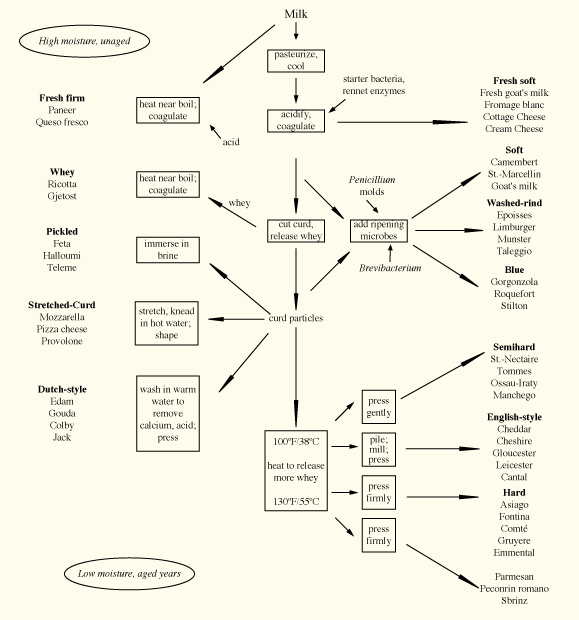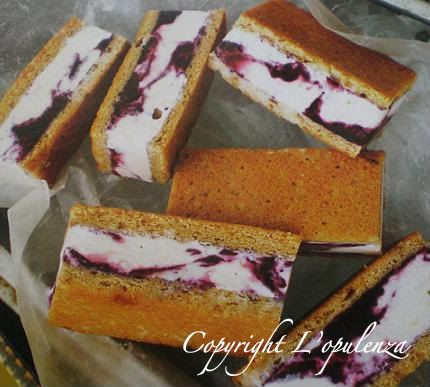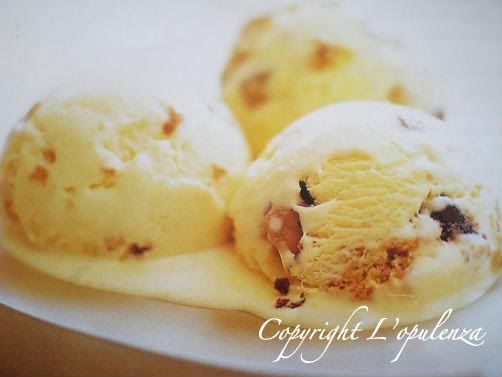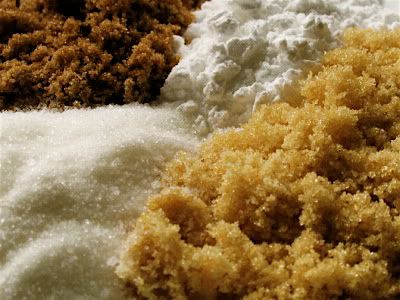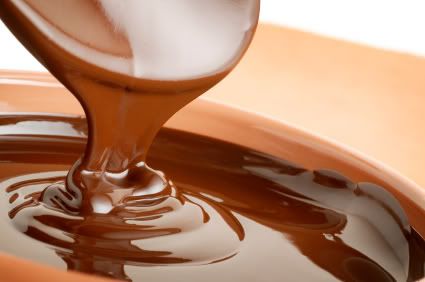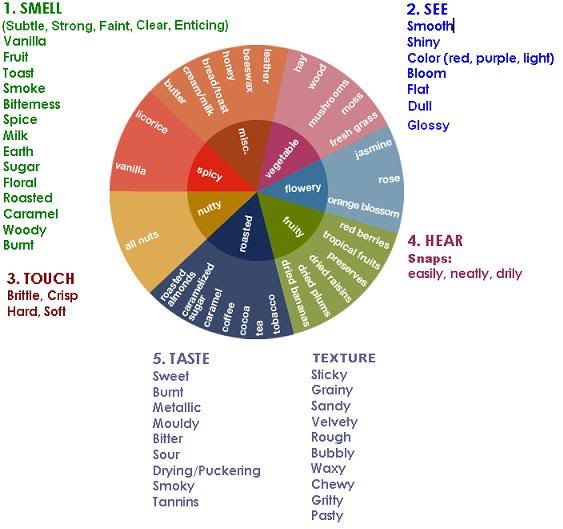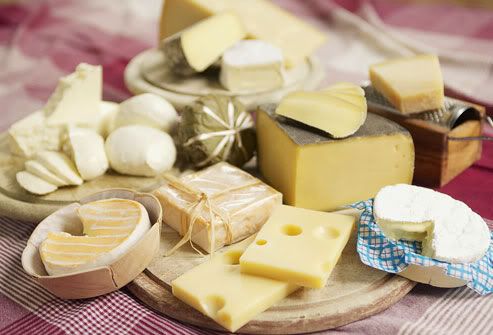
Fresh or unripened cheese can be used in a variety of baked goods, and aged or ripened cheeses are often used in the preparation of quiches and custards. Cheesecakes and cheese-flavoured breads are the most familiar in the pastry kitchen. Fresh cheese is often used, although some hard, aged cheeses are used to create savoury breads or petits fours, such as the classic French gougeres. Fresh cheeses are usually brought to room temperature before mixing for easy incorporation into a batter or dough. Hard, aged cheeses are always shredded or cubed before integrating into a batter or custard to ensure even melting into baked product.
Most common fresh or unripened cheeses and related dairy products are:
Cream Cheese: Smooth, spreadable, slightly tangy cow's milk cheese with a fairly long shelf life due to the addition of gum arabic, a commercial stabilizer. Cream cheese must contain 33 percent butterfat and no more than 55 percent moisture. All cream cheese should be stored refrigerated and tightly wrapped.
Cottage cheese: Fresh, unpressed cheese that comes in a number of small-or large-curd varieties. It has a bland flavour and a slightly loose texture because of the small portion of whey that remains after draining. It can be made from whole, skim or nonfat milk. Cottage cheese can be eaten plain, served with fruit or vegetables, or used as an ingredient in cakes, puddings, gelatin salads or desserts.
Farmer cheese: Created by pressing all the whey (or liquid) from cottage cheese. It is rather dry and crumbly, with a slightly tangy flavour and is sold in either tubs or logs.
Ricotta cheese: Traditional Italian fresh sheep's or water buffalo's milk cheese made from the whey remaining from other types of cheese making. The American version is generally made from cow's milk. The Italian usually has a stronger flavour and drier texture.
Mozzarella cheese: Traditional Italian cheese made from water buffalo's or cow's milk. It is delicately flavoured and creamy white. Traditionally, served on the day it is made and can be stored in vacuum packed.
Creme fraiche: Traditional French unpasteurized thickened cream with an added fermenting ingredient, such as buttermilk. The result is similar to the French original, with a tangy, rich flavour and a thick, smooth texture that can be as loose as sour cream or as dense as soft cream cheese. It is a wonderful dessert topping and is also used to enrich hot sauces or soups as it does not curdle when cooked.
Mascarpone: Traditional rich double-or triple-cream Italian cheese made from unpasteurized cow's milk. It is created by adding citric acid to heavy cream and then draining off the whey, leaving a soft , spreadable cheese. American-made mascarpone is usually denser and tangier than that imported from Italy. Mascarpone is high in butterfat, usually 70 to 75 percent. It's soft, buttery texture and delicate flavour makes it an excellent dessert cheese to serve with fresh fruit. It can also be used to make cheesecake or fillings for pastries.
Sour cream: Sour cream contains 18-20 percent butterfat that has been "soured" through the addition of lactic acid culture. It generally also contain stabilizers and emulsifiers. Reduced fat and nonfat sour creams are also available.
Yogurt: It is made by fermenting and coagulating milk with non-harmful bacteria. Commercial yogurt is made by a controlled process in which the required bacteria ( Lactobacillus bulgaricus and Streptococcus thermophilus) are added to milk. Stabilizers may also be added to facilitate emulsification.
The basic types of aged or ripened cheese are the following:
Hard cheese: Cheeses that have been processed (usually cooked and pressed) and then aged for a long period time (generally at least 2 years) have a firm and dense texture and a saltier, often sharper flavour. Some hard cheese are Parmigiano-Reggiano, Pecorino and Romano. These cheese are often used for grating.
Semi-firm cheese: These cheeses are firm but not hard or crumbly. They are processed as with hard cheese, but not aged quite as long. Some exmple are, the American and English cheddars and Edam.
Semi-soft cheese: These cheeses may or may not be cooked, but are always pressed into a specific shape.Thay can be sliced or eaten out of hand or used in cooked dishes. Some of these are Gouda, Monterey Jack and Port Salut.
Soft- ripened cheese: These have not been cooked or pressed but have been formed into specific shapes that are then exposed to various bacteria to ripen them from the outside in. The bacteria may be applied through dipping or spraying which will allow the cheese to develop a rind. The rind will range in colour from pale white to brilliant orange. The interior will range in texture from slightly soft to creamy and almost runny. Blue-veined cheese is a soft-ripened cheese that has been sprayed or inoculated with spores of the molds Penicillium roqueforti or Pennicillium glaucum to create rich blue-gray or green veins of mold throughout the ripened cheese.
